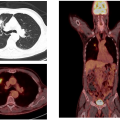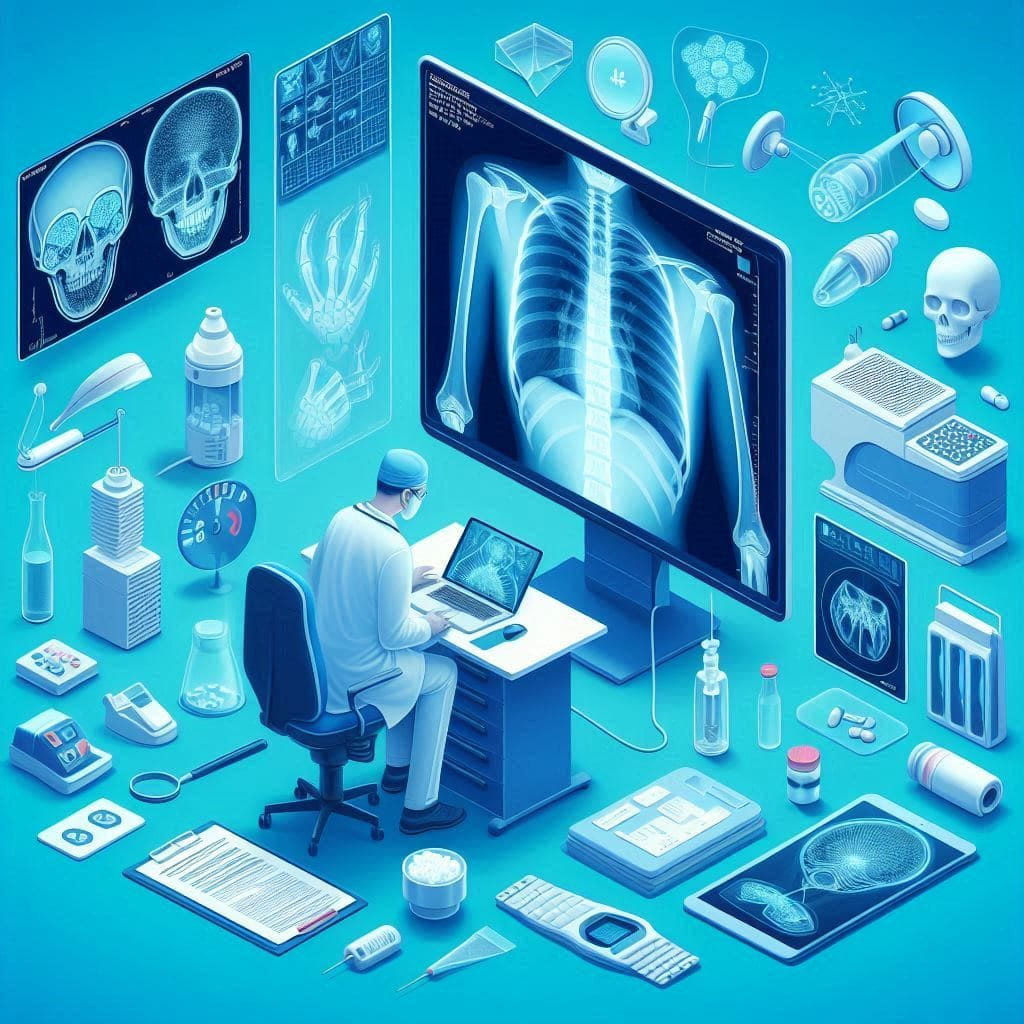
Things a Dentist Knows When Examining the Mouth
When visiting a dentist for an initial check-up, they can gather important information about oral health through a series of questions and answers that enable them to accurately assess the condition. Here are some common questions a dentist might ask and the answers a patient might provide, along with how this information is used to evaluate oral health.
What symptoms are you currently experiencing?
This question helps identify the primary issues the patient might be experiencing. Common symptoms that a patient might mention include tooth pain, sensitivity, gum bleeding, or bad breath. These symptoms provide important information about oral health and help guide the examination and appropriate treatment.
Do you have problems with the alignment of your teeth or difficulty chewing?
Problems with the alignment of the teeth can be an indication of occlusion issues or problems with the structure of the teeth. The patient might have difficulty chewing or feel pain while eating. This information helps the dentist determine whether there is a need for orthodontic correction or specialized treatment.
Have you noticed any changes in the color or shape of your teeth?
Changes in the color or shape of the teeth could indicate decay or other health issues. Color changes might result from decay or the effects of foods and drinks. By reporting these changes, the dentist can focus the examination on the suspected areas.
Do you have any gum issues such as bleeding or swelling?
Gum issues such as bleeding or swelling could be signs of gum inflammation or other diseases. Bleeding might indicate inflammation due to plaque buildup, while swelling could be a sign of infection or inflammation.
Do you have a medical history of dental or gum problems?
The medical history can provide important information about previous issues that might be related to current problems. Knowing the medical history can help determine past treatments used and guide the current treatment based on previous experiences.
The Importance of a Comprehensive Dental Exam
A comprehensive dental exam goes beyond simple visual assessment and includes advanced techniques to get accurate insights into oral health. Comprehensive exams help in early detection of issues and allow for timely treatment.
A visual exam is a fundamental step where the dentist examines the teeth and gums closely. This assessment can reveal tooth decay, gum inflammation, and other changes in oral health. Through this examination, the dentist can identify areas that may need special attention.
X-rays play an important role in providing additional insights into the internal condition of the teeth and roots. Through X-rays, decay that may not be visible during the visual exam can be detected, as well as root issues and bone deterioration around the teeth. This type of analysis enhances the ability to provide appropriate treatment and improves accurate diagnosis.
Laboratory tests provide insights into the oral environment through tests such as saliva analysis. These tests help determine the presence of harmful bacteria or issues with saliva production, allowing for treatment guidance based on the results. Saliva analysis can reveal bacteria that might contribute to the development of oral problems.
What Are the Signs of Dental and Gum Issues?
Signs such as decay, gum inflammation, alignment problems, bad breath, and tooth pain or sensitivity can indicate health issues. These signs allow the dentist to determine the nature of the problems and provide appropriate treatment.
Decay appears as dark spots or cavities in the teeth and may result from bacteria producing acids that erode enamel. Gum inflammation can be indicated by redness, swelling, and bleeding when touching the gums, a sign of inflammation caused by plaque buildup.
Alignment problems may lead to difficulty chewing or pain during occlusion, which requires additional evaluation. Bad breath might result from oral health issues such as gum inflammation or tooth decay and needs to be assessed to identify the underlying cause.
Tooth pain or sensitivity might indicate decay or root problems and could result from enamel erosion or exposure to hot or cold stimuli.
The Role of Dokki Scan in Providing Analysis and Treatment Services
At Dokki Scan, we are committed to providing the best analysis and treatment services using the latest technologies. By offering a variety of comprehensive exams, including visual exams, X-rays, and laboratory tests, we ensure accurate diagnosis and integrated healthcare.
Our medical team has extensive experience in dentistry and radiology and uses the latest technology to provide accurate and timely results. We work to guide patients toward the best treatment options based on test results and provide comprehensive medical care to ensure oral health and overall patient safety.
We recognize the importance of regular exams and dental analysis in maintaining oral health and work to provide the best care to ensure each patient is in optimal health. We are here to support you and provide the care you deserve to maintain your oral health and enhance your overall well-being.
To summarize the topic of what a dentist knows during an initial oral examination, the importance of a comprehensive dental exam, and the signs that may indicate dental and gum problems, a comprehensive exam provides a clear view of oral health and allows for early detection of issues. By using advanced tools and techniques, appropriate treatment can be provided effectively. At Dokki Scan, we are here to support you and provide the care you need to maintain your oral health and enhance your overall well-being. If you are looking for advanced and healthy dental care, we invite you to visit our website or contact us for the support you need to maintain your oral health. We are here to provide the care you deserve to ensure your oral health and overall safety.
Latest Blogs
- All Posts
- Blog









